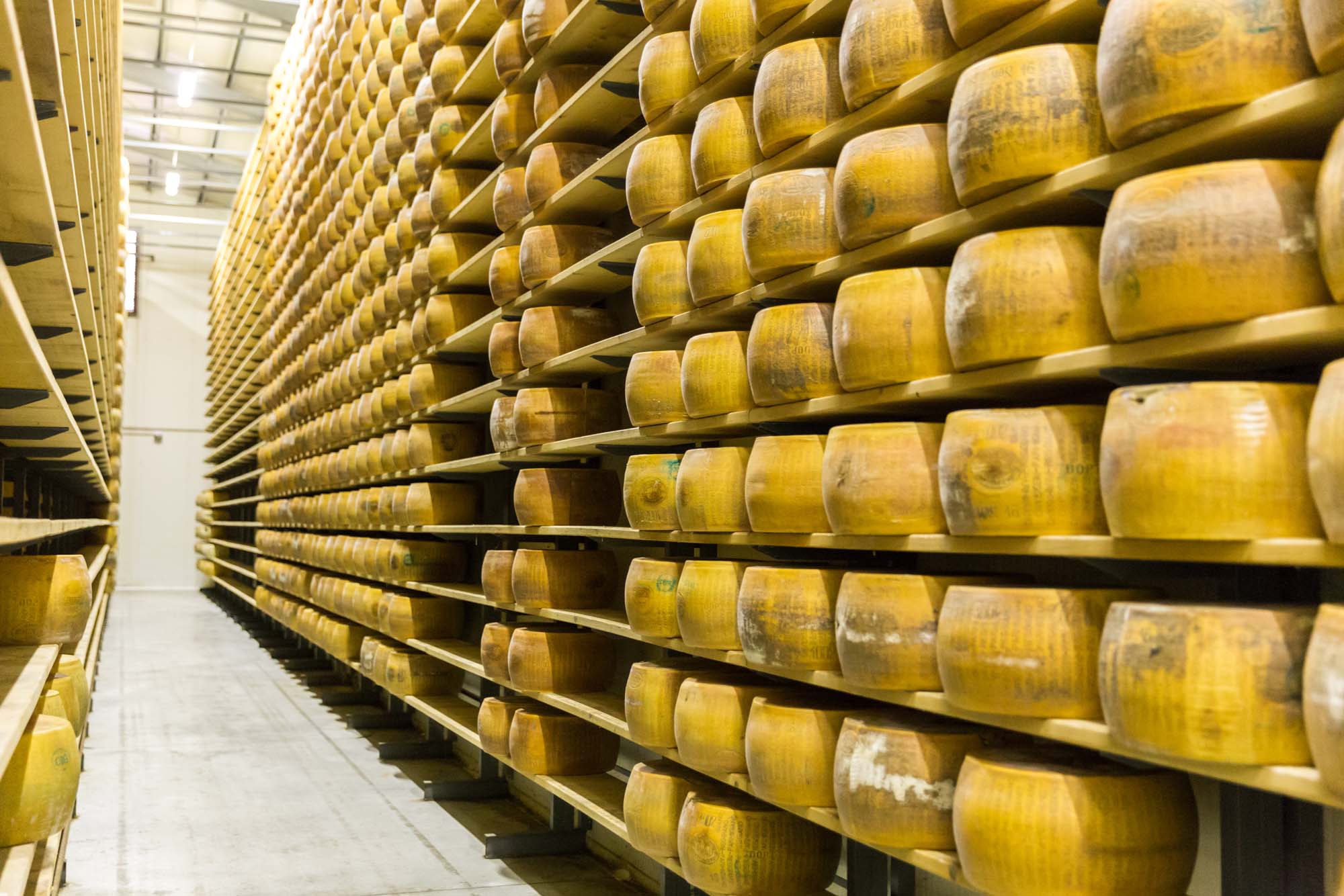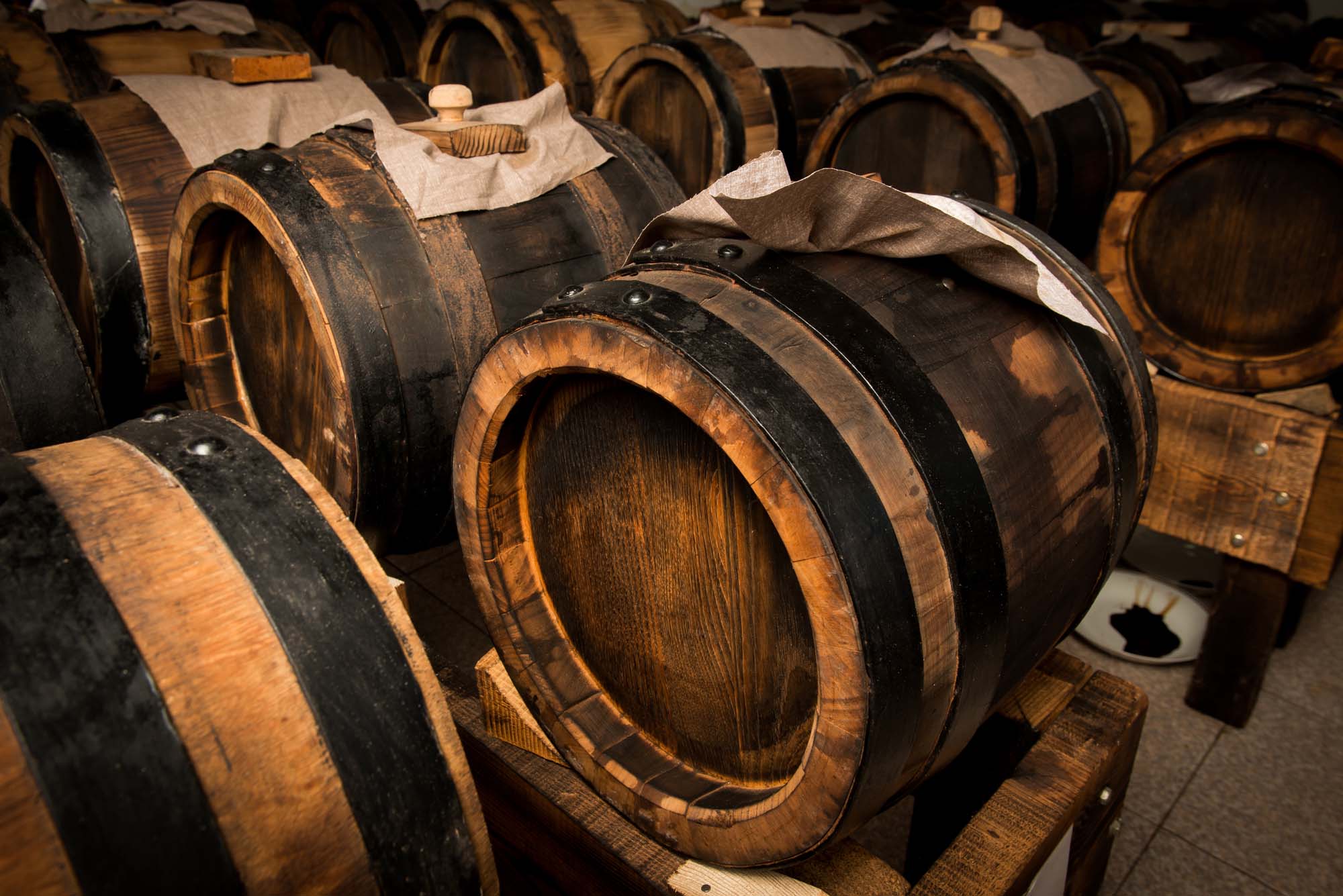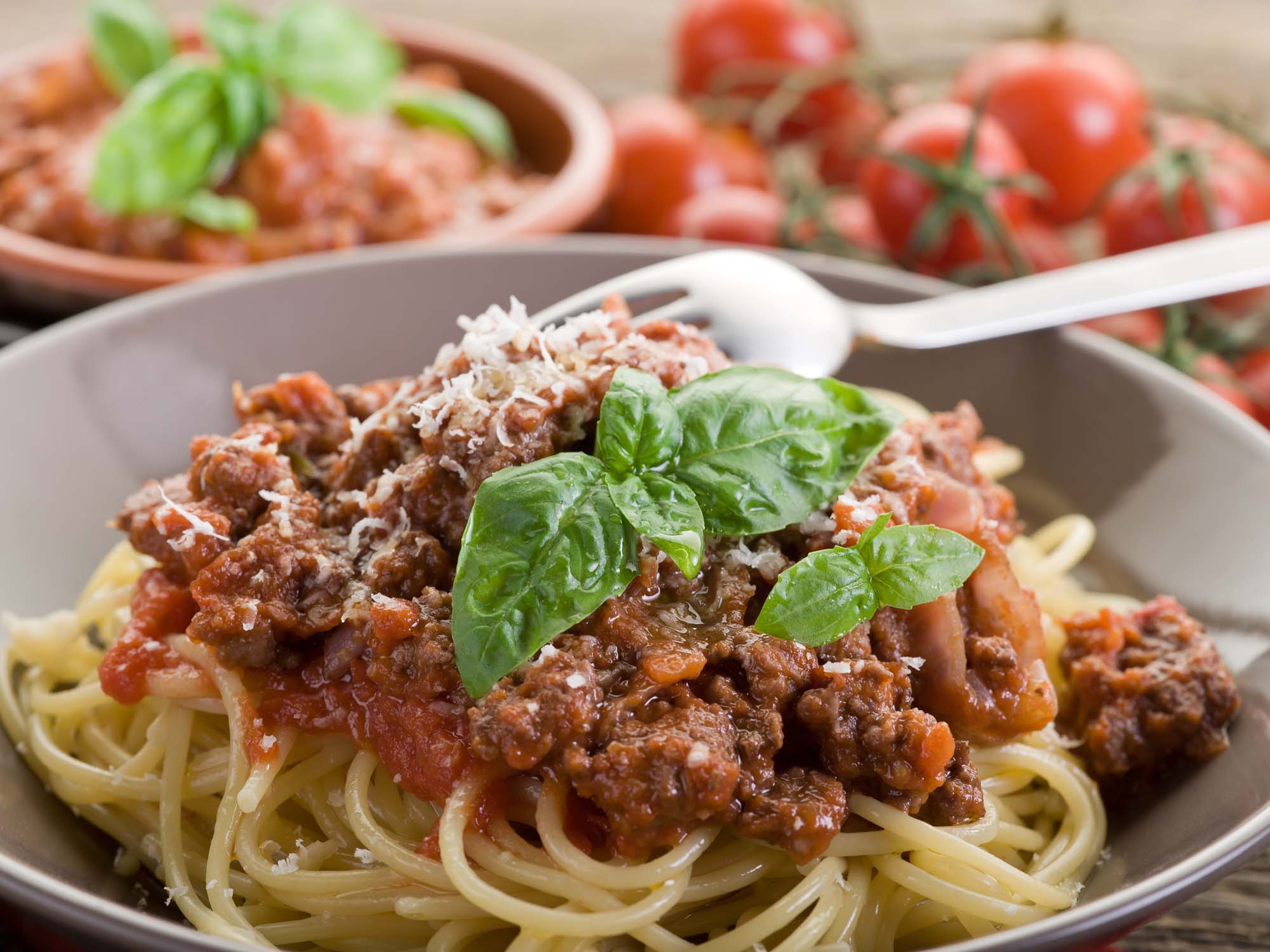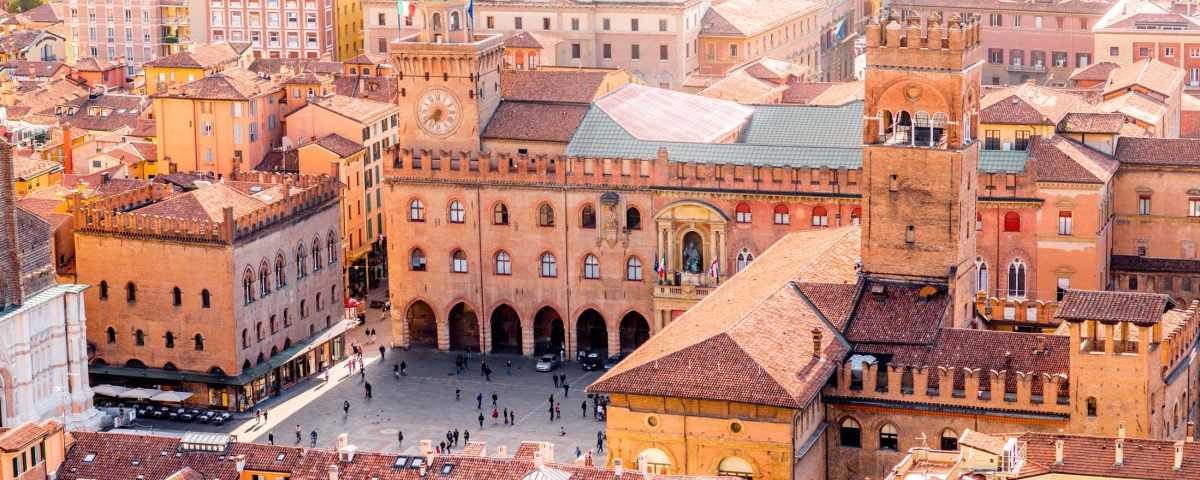
Romantic Places to Honeymoon in Africa
January 30, 2020
New Zealand’s Largest Glacier
February 13, 2020Essential Food Experiences of Emilia Romagna
Emilia Romagna embodies the reputation of distinctive Italian cuisine and the epicenter of Italy’s delectable culinary heritage. The region of Emilia Romagna boasts countryside brimming with vineyards, spectacular architecture lining elegant antique streets, and captivating artwork contrasting the timeless views of the landscape consisting of vibrant microclimates. For centuries Emilia Romagna has acted as Italy’s “bread basket,” with rich farmland producing grain, wheat, and cereals along the Po Delta and dividing, as well as uniting the historical cultures bisected by the Apennine Mountains. The region is famous for its simple, delicious flavors ranging from fresh pasta to aromatic cheeses, savory salumi to hearty sauces captured in the iconic cities of Parma, Modena, and Bologna.
Parma

The cuisine of Parma is synonymous with the excellent gastronomy of Emilia Romagna in what is known as Europe’s “Food Valley” producing sensational cold cuts like Culatello di Zibello and Salame di Felino. The producers of delicacies in Parma are artisans who take pride in their work passing down their skills through the generations, such as with the family-run business of Barilla, which first opened in 1877. Parma maintains the highest number of products with protected designation of origin (DOP) certifications protecting the quality and authenticity of specific products. Parma celebrates the cuisine of the city and greater province encapsulated in the simple, obvious passion for unique culinary sensations and the enthusiasm for consistent decadent gastronomic pleasures.
- Prosciutto di Parma DOP
The prosciutto produced in Parma is a masterpiece of charcuterie made from natural ingredients with excellent nutritional qualities. The prosciutto is crafted in dry, gentler air of the Parma hills, which provides the delicate sweetness to the cured meats. Prosciutto is an endless favorite for chefs due to its diversity, history, and fantastic flavor.
- Parmigiano Reggiano
Authentic Parmigiano Reggiano is produced in a very select corner of Emilia Romagna gaining a special fire-brand on the rind of the cheese wheel. Parmigiano Reggiano highlights how simple, fresh ingredients with no preservatives can reach sensational heights using only milk, salt, and rennet. The age of Parmigiano Reggiano affects both the texture and the flavor of the cheese, with younger cheeses having a more delicate flavor, medium-aged cheeses having a soft, crumbly texture, and long-matured cheeses having a sharper taste.
Modena

The welcoming city of Modena stands on its own merits on the south side of the Po Valley producing remarkable cuisine captured by the distinguished culinary experience of Massimo Bottura’s acclaimed restaurant, Osteria Francescana. The boutique beauty of Modena emanates from the endless artistry around the city spreading from colorful architectural facades along winding cobblestone streets to the sophisticated designs on display in the Ferrari Museum, each reflecting the spectacular detail local artisans provide their craft, whether with cars or the city’s culinary traditions of tortellini, pesto Modenese, Lambrusco wine, or world-renowned balsamic vinegar.
- Balsamic Vinegar
Modena has gained fame as the birthplace of balsamic vinegar. The dark amber color, denser texture, and sweeter flavor have set balsamic apart from other vinegar since its inception in the 11th century. Traditional balsamic vinegar is the result of grape stems, juice, and skin left on low heat until natural fermentation occurs. Balsamic vinegar must mature for at least 25 years and can age up to 50 years reaching larger popularity than fine wines. Connoisseurs admire the light aromas of wood accentuating the balance of sweet and tart flavors. Traditional balsamic vinegar of Modena has gained DOP status protecting the product’s authenticity and quality.
Bologna

Bologna is the capital of Emilia Romagna and contains some of the most fertile soil in Italy perfect for cultivating the staple ingredients. Bologna is celebrated worldwide for its mastery of traditional Italian cuisine producing the cured meats known as culatello and the Italian sausage of mortadella, plates of tortellini in brodo—tortellini in a luscious savory broth—and the layered pasta, meat, cheese, and béchamel sauce of lasagna al forno. The historic university has brought international students to the heart of Bologna since the 11th century with the surrounding restaurants and kitchens absorbing the international influence into daily cuisine blending with Etruscan ingredients, Roman style, Byzantine techniques, or Lombard sophistication. The end result is gastronomy steeped in simple ingredients and marvelous flavors highlighted in the renowned festivity of Italian, Emilia Romagnan, and Bolognese cuisine at the culinary theme park FICO Eataly World.
- Mortadella
The traditional spiced pork from Bologna is a delicious combination of heat-cured pork and spices like ground black pepper, myrtle, berries, and pistachios showcasing a gastronomic heritage dating back to the Roman Empire.
- Tortellini
The stuffed pasta of tortellini often contains meat or cheese dating back to traditional recipes dating back to the end of the 19th century with the earliest incarnation of recipes formed in the 1300s. The celebrated tortellini of Bologna has rich, thin dough strong enough to hold a filling of meat, cheese, and spices for an unparalleled flavor. Tortellini can be served in a typical broth of Bologna, a sauce of butter and sage, or in the famous sauce referred to in English speaking countries as Bolognese but known in Emilia Romagna as ragù.
- Ragù
Bologna is best known for the meaty and hearty ragù often referred to as Bolognese sauce. Chefs in France created the dish by utilizing meat broth but excluding the meat. 18th-century texts provide insight into the first meat-based sauce served over pasta in a town near Bologna. Traditional ragú alla Bolognese sautés, and braises meats like beef, pork, or veal, along with ingredients like wine, tomato, and meat broth. The flavors marry after hours of cooking resulting in layered aromas and a divine, creamy texture. Typical ragù often tops wide, flat egg noodles like tagliatelle, whose flavor can withstand the hearty qualities of the sauce.





